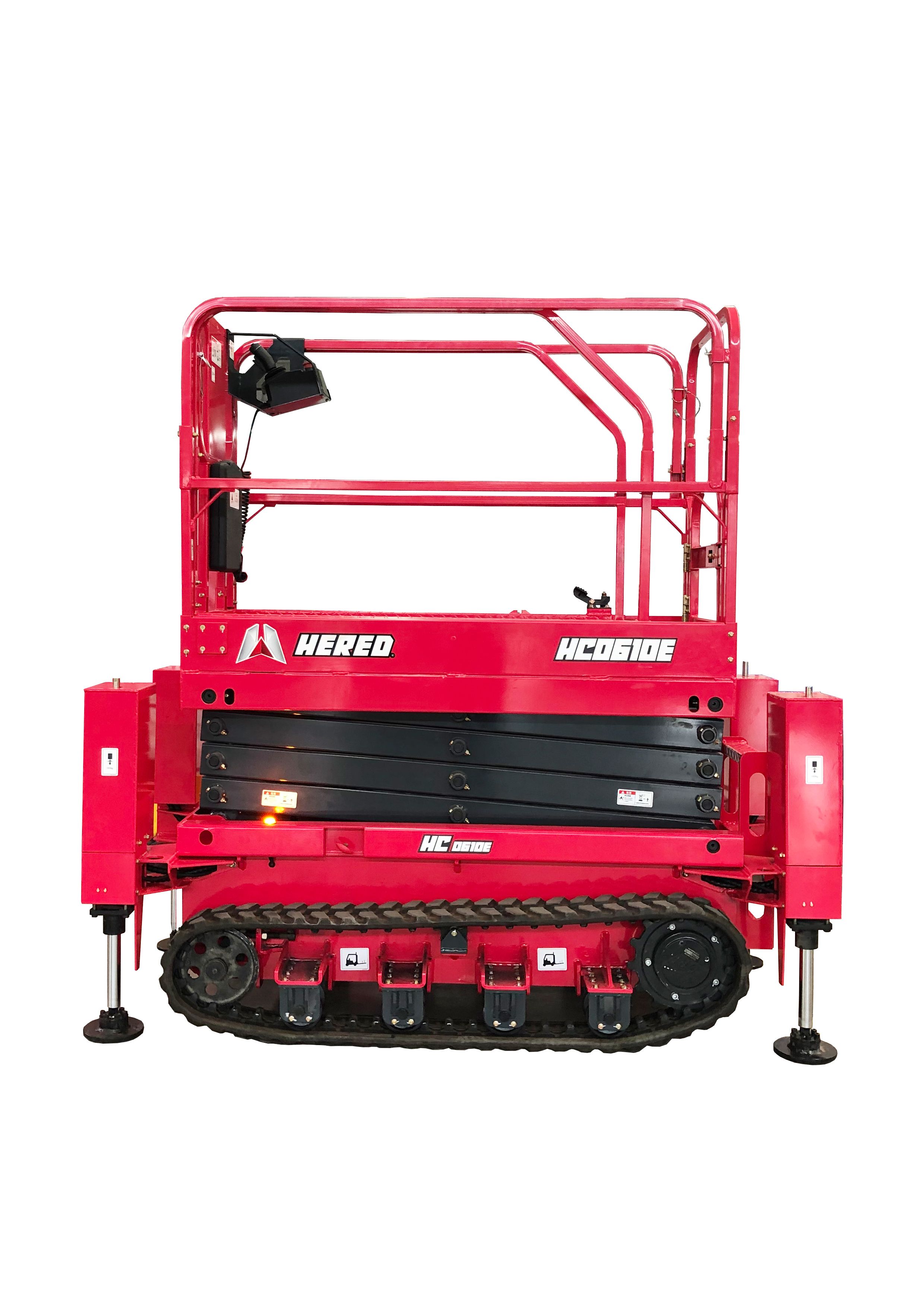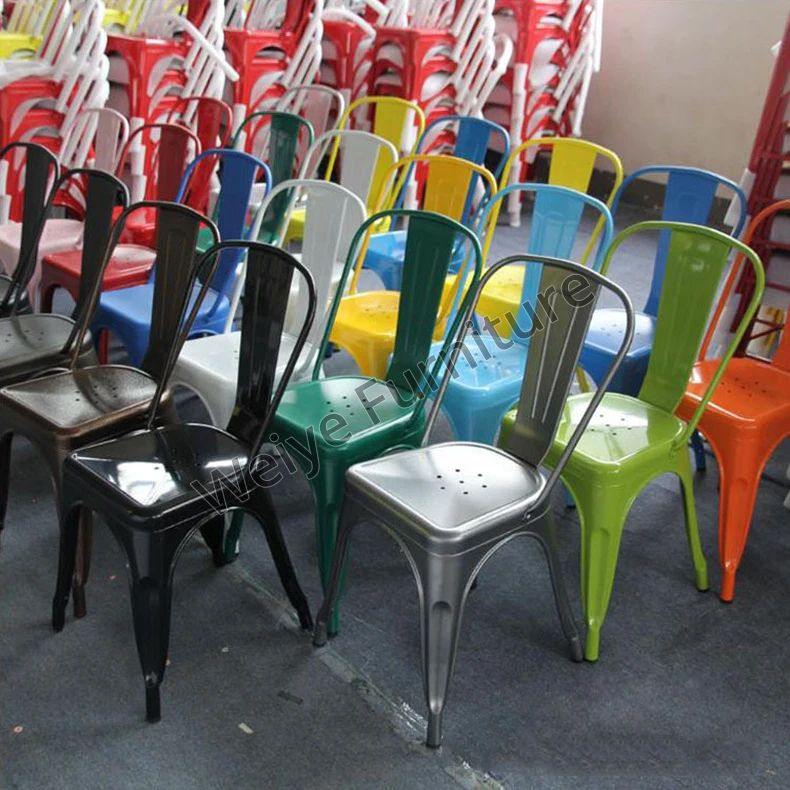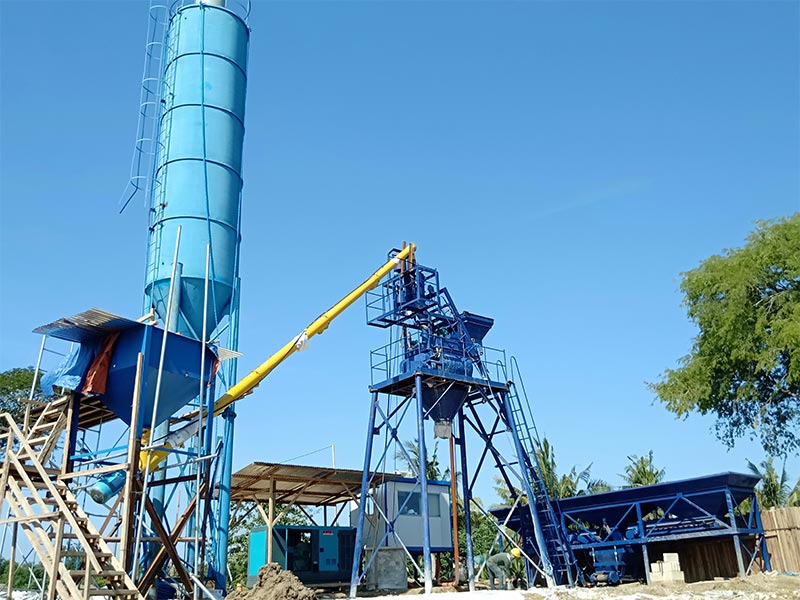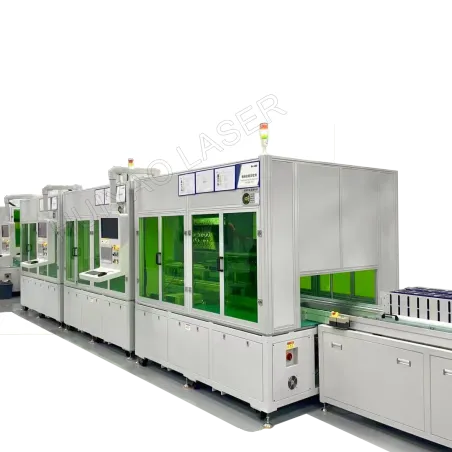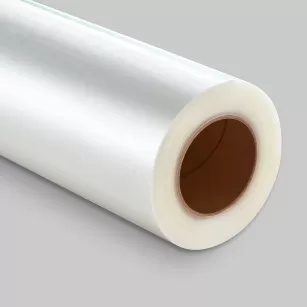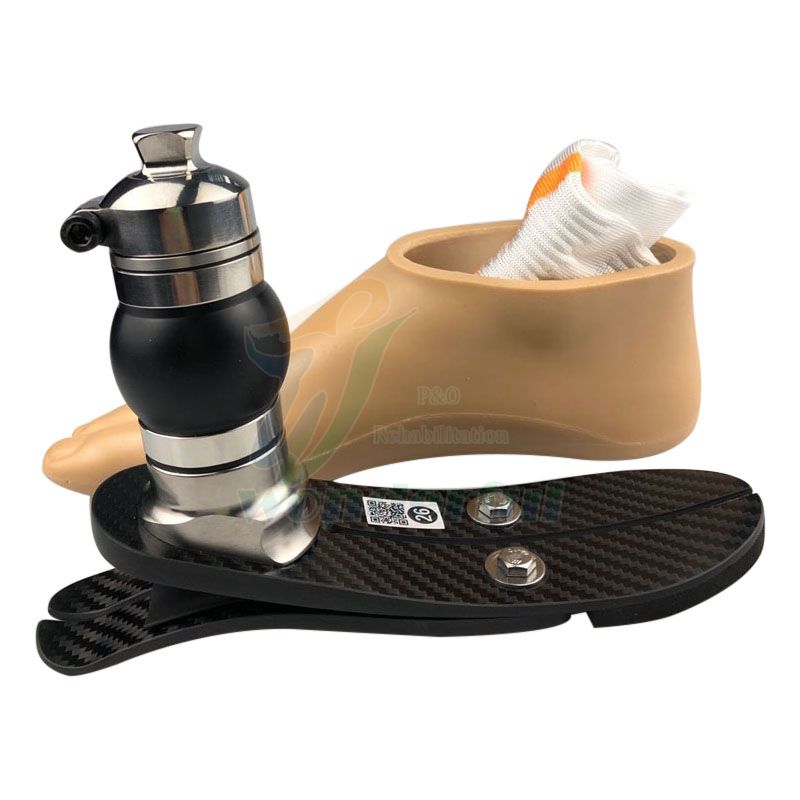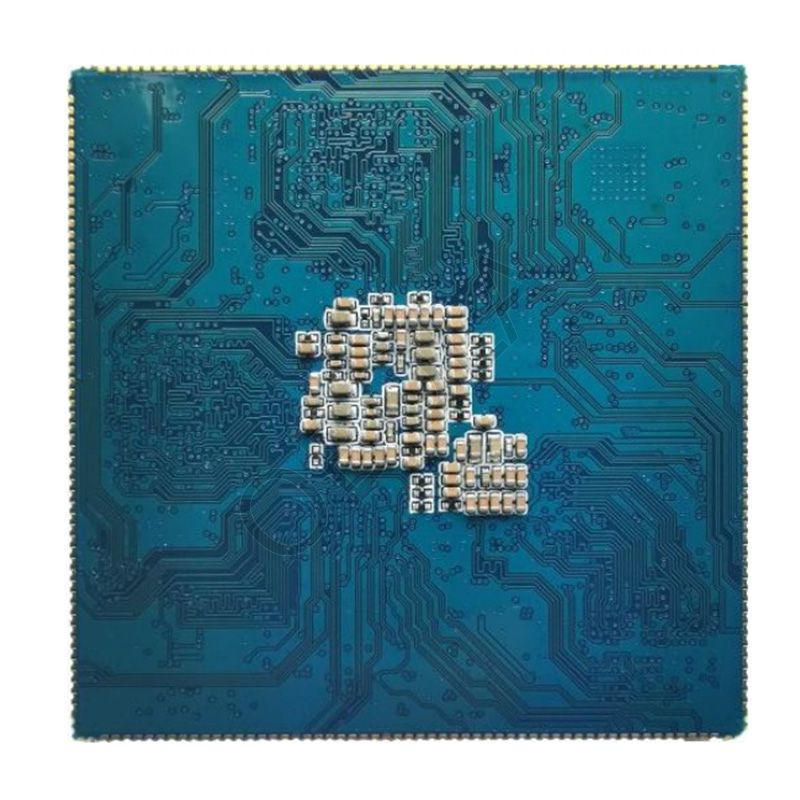In the ever-evolving landscape of construction and maintenance, outdoor man lifts have emerged as indispensable tools. These remarkable machines not only enhance productivity but also open up a world of possibilities for tasks previously deemed challenging or impossible. But what exactly makes outdoor man lifts so captivating? Let’s delve into their features, benefits, and some surprising applications that might spark your curiosity.
What Is an Outdoor Man Lift?
Outdoor man lifts, often referred to as aerial lifts or boom lifts, are equipment designed to elevate workers safely to significant heights. These lifts are equipped with platforms and extendable arms that allow operators to reach high places with ease. They come in various configurations, including articulating, telescoping, and scissor lifts, each designed for specific applications and terrains.
The Versatility Factor
One of the most fascinating aspects of outdoor man lifts is their versatility. From construction sites to tree trimming, these lifts are engineered to handle various environments. Imagine a construction crew needing to install roofing materials on a skyscraper; an outdoor man lift provides the height and stability necessary to get the job done efficiently.
Similarly, landscaping professionals utilize these lifts to prune tall trees or install outdoor lighting fixtures without the risks associated with ladders. The ability to adapt to different tasks makes outdoor man lifts essential in many industries.
Safety First: A Top Priority
When working at heights, safety is paramount. Outdoor man lifts are designed with multiple safety features that protect both the operator and the crew. For instance, they often come equipped with guardrails, emergency stop buttons, and robust stabilizing systems that prevent tipping. These features not only enhance safety but also boost confidence, allowing workers to focus on their tasks without worrying about their well-being.
Operator Training
Most manufacturers emphasize the importance of proper training. Operators must be well-versed in the machine’s controls and safety protocols, ensuring that every lift is executed safely and efficiently. This training not only protects workers but also extends the lifespan of the equipment by minimizing misuse and accidents.
Innovative Technology at Work
The technology integrated into scissor man lifts is nothing short of impressive. Many modern models come with smart features such as:
- **Remote Control Operation:** This allows operators to control the lift from a distance, enhancing safety and convenience.
- **Telematics:** Some lifts are equipped with telematics systems that provide real-time data on usage, maintenance needs, and performance metrics. This information helps companies optimize their operations and minimize downtime.
Eco-Friendly Options
With sustainability becoming a global focus, manufacturers are now producing electric and hybrid outdoor man lifts. These environmentally friendly options reduce emissions and noise pollution, making them ideal for urban areas where noise restrictions are in place. Imagine working in a bustling city while maintaining a commitment to eco-friendliness; outdoor man lifts make this possible.
Uncommon Uses That Might Surprise You
While outdoor man lifts are often associated with construction and maintenance, their applications extend far beyond. Here are some unique uses that may ignite your curiosity:
1. Film and Event Production
In the world of film and events, outdoor man lifts are often used to position cameras for aerial shots or to install lighting at various heights. Their ability to reach challenging angles can make all the difference in capturing stunning visuals.
2. Building Inspections
Building inspectors can use outdoor man lifts to reach high areas for inspection, ensuring that every aspect of a structure is evaluated for safety and compliance. This application is particularly crucial in ensuring that high-rise buildings meet necessary regulations.
3. Art Installations
Artists and installation designers frequently use outdoor man lifts to create breathtaking works of art at heights that would otherwise be inaccessible. Whether it’s a mural on a skyscraper or an installation in a public space, these lifts provide the reach and stability needed for creativity to flourish.
Conclusion
Outdoor man lifts are more than just tools; they are gateways to new possibilities. Their versatility, safety features, and innovative technology make them indispensable across various industries. From construction to artistic endeavors, these lifts enable us to reach new heights—literally and figuratively.
Call to Action
Are you ready to elevate your projects and explore the fascinating world of working lifts? Whether you’re in construction, landscaping, or any other field, consider investing in this remarkable equipment. Reach out to us today for more information on our selection of outdoor man lifts and discover how they can transform your operations!
